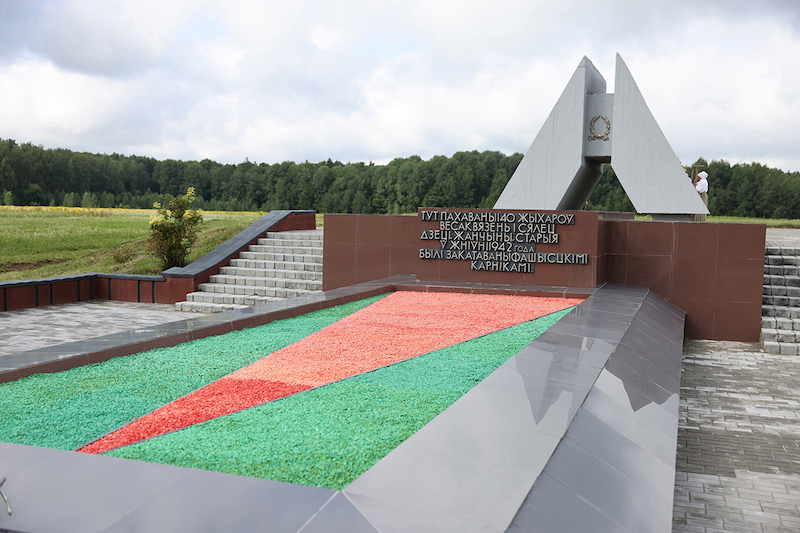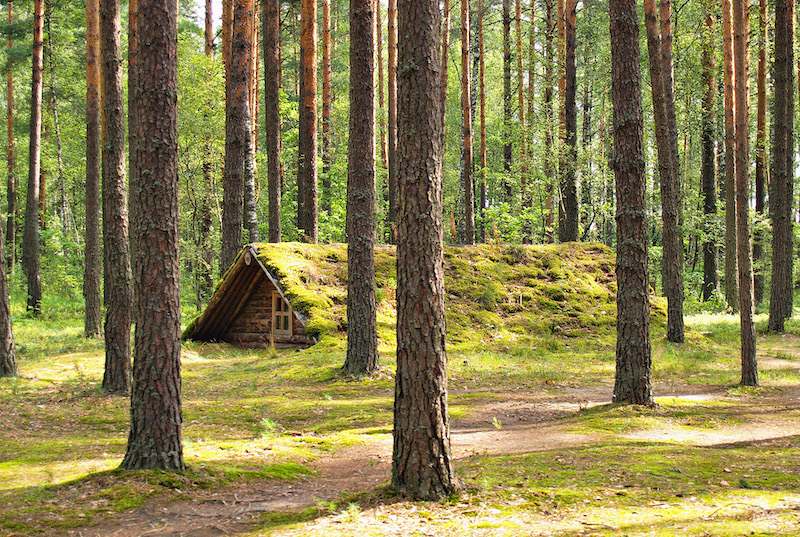- Minsk
Complex Background
At the beginning, it should be said that the Klichev district is often called a partisan area, because 5 partisan brigades and 16 detachments functioned here during the war years, and about 18 thousand people in total guarded the Klichev partisan area.
The emergence of the partisan area near Klichev was facilitated by the order of Klim Voroshilov on the formation of sabotage groups behind enemy lines, but in fact, partisan groups, which were organised independently, were the first to go to the Usakino forests.

German soldiers bypassed forests and swamps, which are numerous on the territory of Belarus, so the fight against the partisans from the Klichev area was unsuccessful for German soldiers: partisan detachments fought against the Nazis until the former united with the Red Army in 1944.
There was also a printing house where the newspapers For the Homeland and Partisan’s Voice were published, and an airfield where planes landed bringing mail, letters, medicines, doctors and ammunition.
There are also bitter moments in the history of the Klichev partisan area. Due to failures in the fight against the partisans, the invaders took revenge on the civilian population. This led to 69 villages burned down and the death of more than 3 thousand people.
The Usakino memorial complex was founded in 1985 as a reminder of the innocent victims among the local population and the defenders of the country.
Usakino Now
The memorial complex is located in a forest and covers an area of several kilometers. The complex includes the composition The Broken Hut, a partisan cemetery, a restored camp and a monolith, which testifies to the operation of the Mogilev underground regional party committee in the partisan area.
The composition The Broken Hut is dedicated to the villages of Vyazen and Selets, which were burned down during the war. Their inhabitants were shot, and their houses were ransacked before destruction. This was done by the same battalion, which later burned Khatyn. In memory of the dead civilians, two memorial stones have been installed – for each destroyed village.

In the restored camp, visitors will see dugouts and immerse themselves in the life of the partisans. The printing house, as well as the memorable button accordion of the partisan Burakovsky, with which he reached Berlin, has been preserved here. On the territory of the camp, there have been preserved craters from dropped shells, in which swamp water now accumulates.
The monolith testifying the operation of the Mogilev regional party committee in the partisan area emphasizes the importance of this formation in the common war against fascism.
You can learn more about the Klichev partisan area in the local history museum of the region: here tourists will see weapons, personal belongings, drawings of the partisan Aleksandr Shklyar, as well as a walkie-talkie.
The Usakino memorial complex is another place that keeps an important reminder of those times. It combines both monuments and real surviving objects of those times. In addition, historical reconstructions are being carried out the Usakino complex that makes the letter not just a tourist attraction, but also a place, which can provide you with a full immersion in the past.
Therefore, the memorial is definitely worth visiting at least once, even for those who are not interested in the history of the war. After all, such places tell about an important period in the history of our country, which in the future greatly influenced its entire development